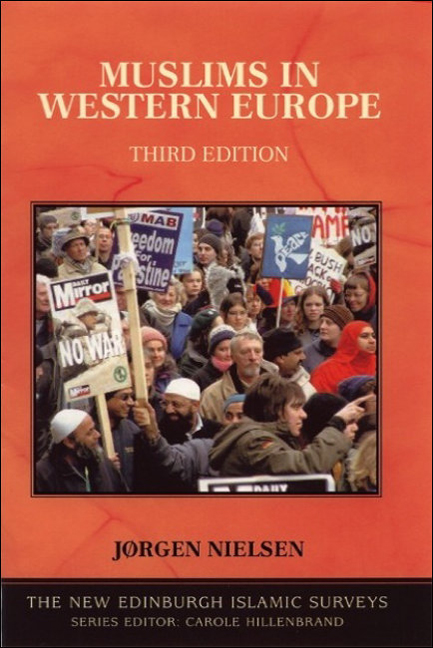3 - Germany
Published online by Cambridge University Press: 20 December 2017
Summary
Immigration and growth
The settlement in what was West Germany of a substantial Muslim population, the second-largest in Western Europe, is dominated by Turkish immigration. During the 1950s, there were a number of private and regional initiatives to recruit workers from Turkey to meet the beginnings of a shortage of industrial labour. An agreement between the Ministry of Labour of Schleswig-Holstein and the Turkish Ministry of Foreign Affairs led to the arrival of a dozen Turkish craftsmen in Kiel in April 1957. A programme was sponsored by the Hamburg Chamber of Craftsmen. In Bavaria, a private ‘Research Institute for Turkish- German Economic Relations’ was in fact a recruitment agency, while a number of ‘translation bureaux’ sprang up for the same purpose. The best of these programmes provided some training, but most were simply looking for cheap labour. The experience of many of these early ‘guest workers’ (Gastarbeiter) was disappointing, as they learned that their Turkish craft qualifications were not recognised, that they had to do unskilled or semiskilled work below their qualifications, and that only a few of them were given the opportunity to train further.
These early settlers were concentrated in the industrial cities of the north, particularly Hamburg, Bremen and Kiel. The rules governing immigration at the time were liberal compared to later stages, and the immigrants were able to bring their families with them and to settle in quite quickly. As a result, despite their early disappointments, they were later to express quite a high level of satisfaction with the results of their move.
The federal government soon came to the view that the process of recruitment should be regularised while also being expanded. The move towards making recruitment of Turkish – and other foreign – workers a government monopoly was completed with a bilateral recruitment agreement between Turkey and Germany in 1962. The date was not coincidental. This was only a year after the Berlin Wall was erected, blocking the inflow of East Germans. It was also the year which saw the beginning of Turkey's first five-year plan, in which the export of labour was a major element.
- Type
- Chapter
- Information
- Muslims in Western Europe , pp. 25 - 42Publisher: Edinburgh University PressPrint publication year: 2015

